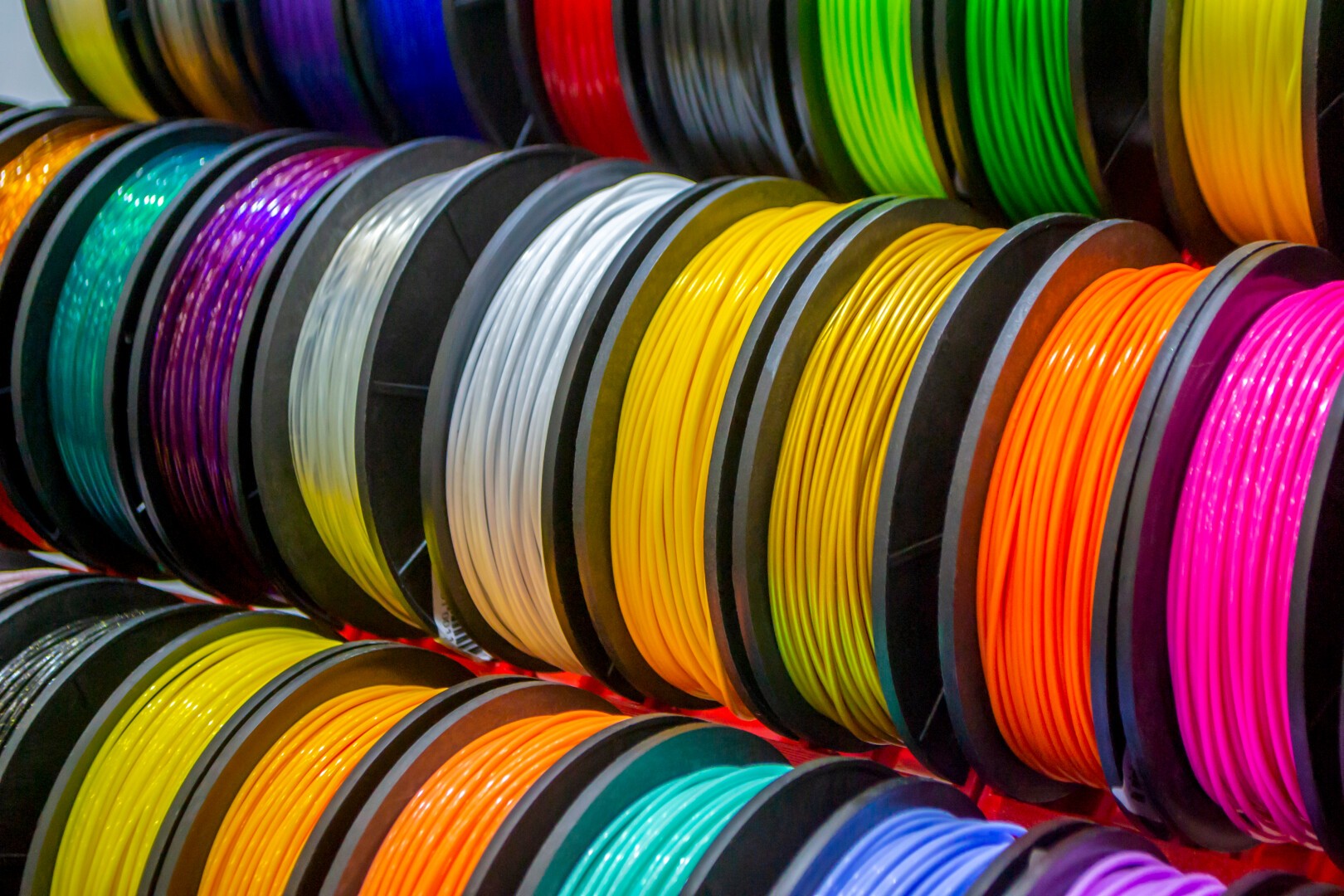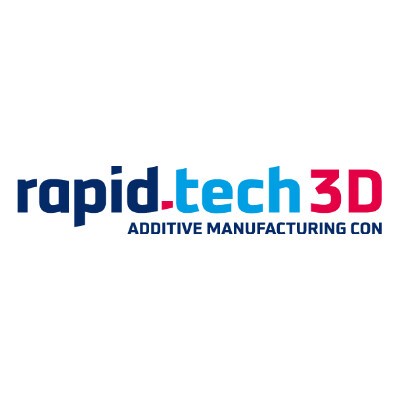Filament dryers: Why they are essential for high-quality 3D printing
Moisture in the filament can severely impact print quality. Filament dryers ensure consistently good results, prevent blistering, and extend the lifespan of the material—a must for anyone who wants to print with high quality and efficiency.
Filament dryers: Why they're essential for high-quality 3D printing
Anyone who regularly works with a 3D printer knows the problem: poor print quality, bubbles in the layers, uneven extrusion – the cause is often not the printer itself, but the filament. More specifically, damp filament. This is where filament dryers come into play, which are now considered essential accessories for anyone who wants to achieve consistently good printing results.
Why moisture is a problem for 3D filament
Many filaments absorb water even at normal humidity. Nylon, for example, can absorb several percent of its own weight in water within a few hours. This moisture later evaporates in the hot extruder, leading to bubbles, uneven extrusion, poor layer adhesion, and an increased likelihood of print defects. Additionally, clogged nozzles and increased mechanical stress on the hot end can occur. The result: lost time, wasted material, and frustration.
How does a filament dryer work?
A filament dryer is a specially designed device that heats filament to a specific temperature before printing and removes any moisture it contains. Unlike a simple oven or dehydrator, a good filament dryer maintains a constant temperature, monitors the humidity inside, and often offers space for multiple spools. Some devices even allow printing directly from the dryer—so the material stays dry throughout the entire process.
Heating System
The heart of a dryer is the heating system. It heats the filament to temperatures between 40 and 75 degrees Celsius, depending on the material. Even heat distribution is crucial for gently drying the material without melting or deforming it.
Air Circulation
Good filament dryers have integrated fans that ensure constant air circulation. This quickly expels moist air to the outside and replaces it with dry air. Some devices also use desiccants such as silica gel to assist this process.
Hygrometer
A built-in hygrometer measures the relative humidity inside the dryer. Advanced models allow you to set target values that the dryer automatically maintains.

What are the advantages of a filament dryer?
- Better print quality
Dry filaments lead to consistent flow, stable layer bonds, and flawless surfaces. This is a crucial advantage, especially for technical or decorative prints. - Less waste
Damp filaments can render prints unusable. Using a dryer drastically reduces the error rate – saving time, material, and hassle. - Longer filament life
Even if you don't print every day, a filament dryer is ideal for storing sensitive materials. This preserves quality for weeks or months. - Increased printing efficiency
A dry start eliminates the need for calibrations, readjustments, and proof prints. Professional or commercial printers benefit from a consistent workflow.
What features should you look for when buying?
Compatibility with different materials
Not every dryer is suitable for every filament. Pay attention to temperature ranges and specific presets for materials such as ABS, PETG, or nylon.
Capacity
Depending on how many spools you plan to dry or store at the same time, a larger interior or a device with multiple chambers may be worthwhile.
Ease of Use
A digital display, timer function, and pre-programmed profiles make handling much easier. Some devices can even be controlled via an app.
Safety
Overheating protection and high-quality workmanship are essential. A good housing material also helps prevent harmful fumes from escaping.

Alternatives and DIY Solutions
Those looking to save money can opt for homemade solutions: modified drying ovens or food dehydrators serve a similar purpose. However, these often lack precise temperature control and safety mechanisms. Another alternative is storage with silica gel in airtight boxes – however, this is no substitute for active drying before printing.
How to Use a Filament Dryer Correctly
- Insert the filament: Carefully insert the spool without damaging the wire.
- Select the temperature: Depending on the material, set it between 40–75°C (e.g., PLA: 45°C, PETG: 65°C, Nylon: 70°C).
- Select the drying time: Typically 4 to 8 hours.
Print directly or store in an airtight container: Print immediately after drying or store in a dry container.
Conclusion: A must-have for serious 3D printers
A filament dryer is more than just an optional accessory – it's a game-changer for anyone who values quality and efficiency in 3D printing. Especially with hygroscopic materials, the investment quickly pays for itself. Whether you're a hobbyist or a professional printer, if you want to experience the difference between "okay" and "excellent," you can't do without a filament dryer.


